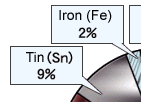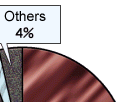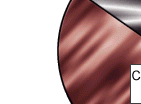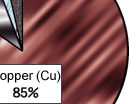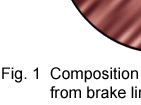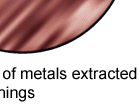|
As a part of the initiative to reduce the environmental load of railways, the Railway Technical Research Institute (RTRI) has developed a recycling technology for composite friction material parts such as brake linings and pantograph sliders. These parts have been considered unfit for recycling because their components are complex and the amount disposed of each year is as little as 100 t.
Firstly, a study was made of the separation conditions of metallic components such as copper contained in brake linings of copper-sintered alloy and carbon sliders impregnated with copper alloy. It was found that metallic components could be separated from brake linings by holding them in a nitrogen atmosphere at 1300 ºC for three hours. The recovery ratio of metallic components was about 50%, of which 85% was copper (Fig. 1).
It was also found that the recovery ratio of metallic components could be increased by holding sliders in a furnace at 1100 ºC or higher (Fig. 2) and by crushing sliders appropriately before heat treatment. 85% of recovered metal was copper.
Based on the above study results, the copper smelting process has been selected as a realistic method to treat even friction parts, despite the yearly disposal amount being relatively small. It was verified that metals such as copper could be recycled as resources through studying pre-treatment conditions and utilizing a revolving furnace copper-smelting process. This process now enables the economical recycling of used sliders and brake linings.
This study was conducted with a government subsidy from the Ministry of Land, Infrastructure and Transport.
|
